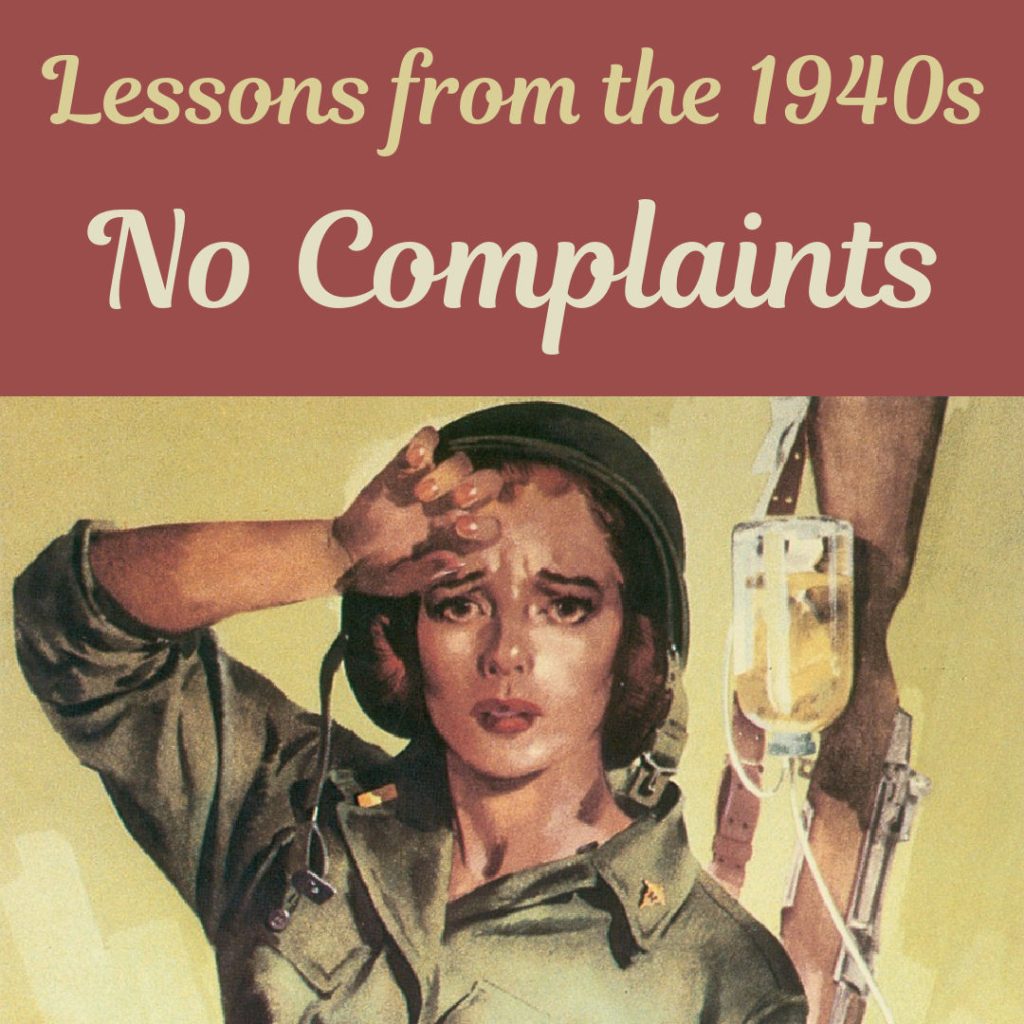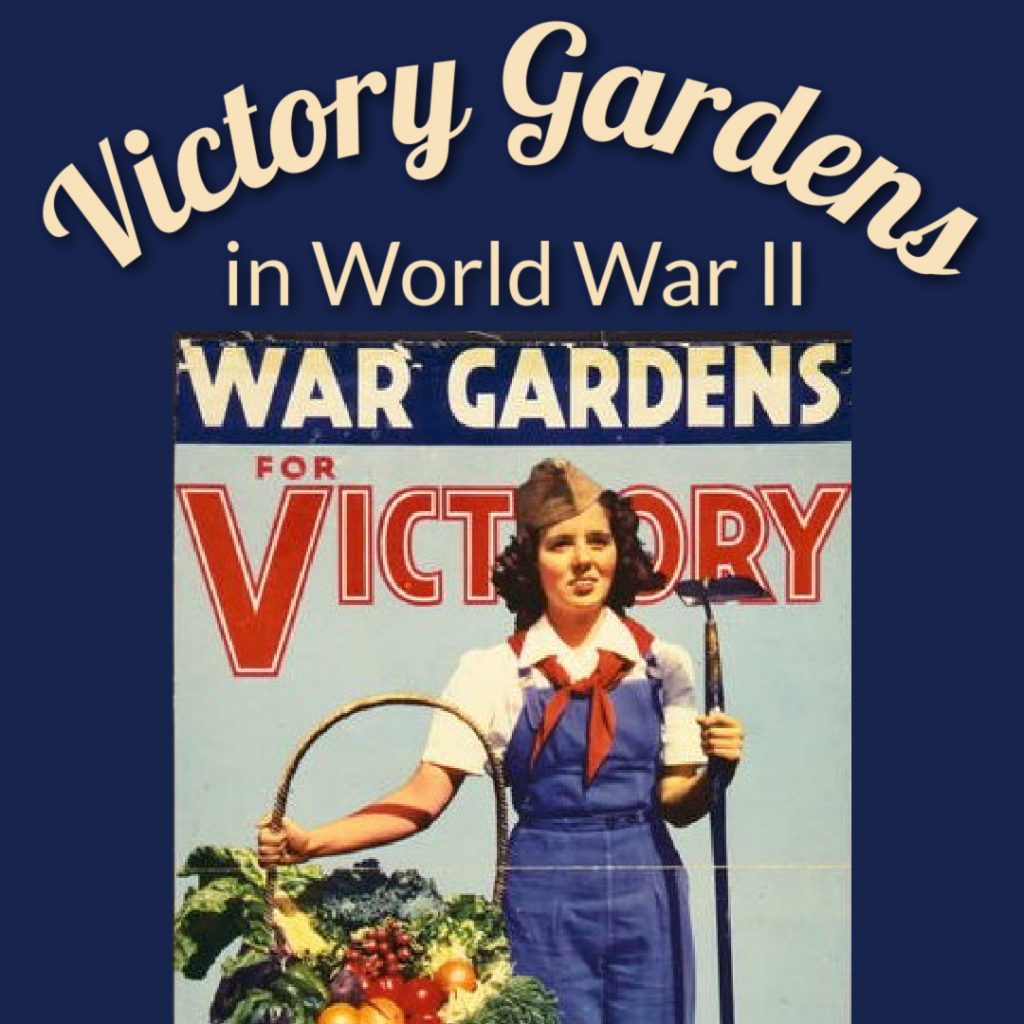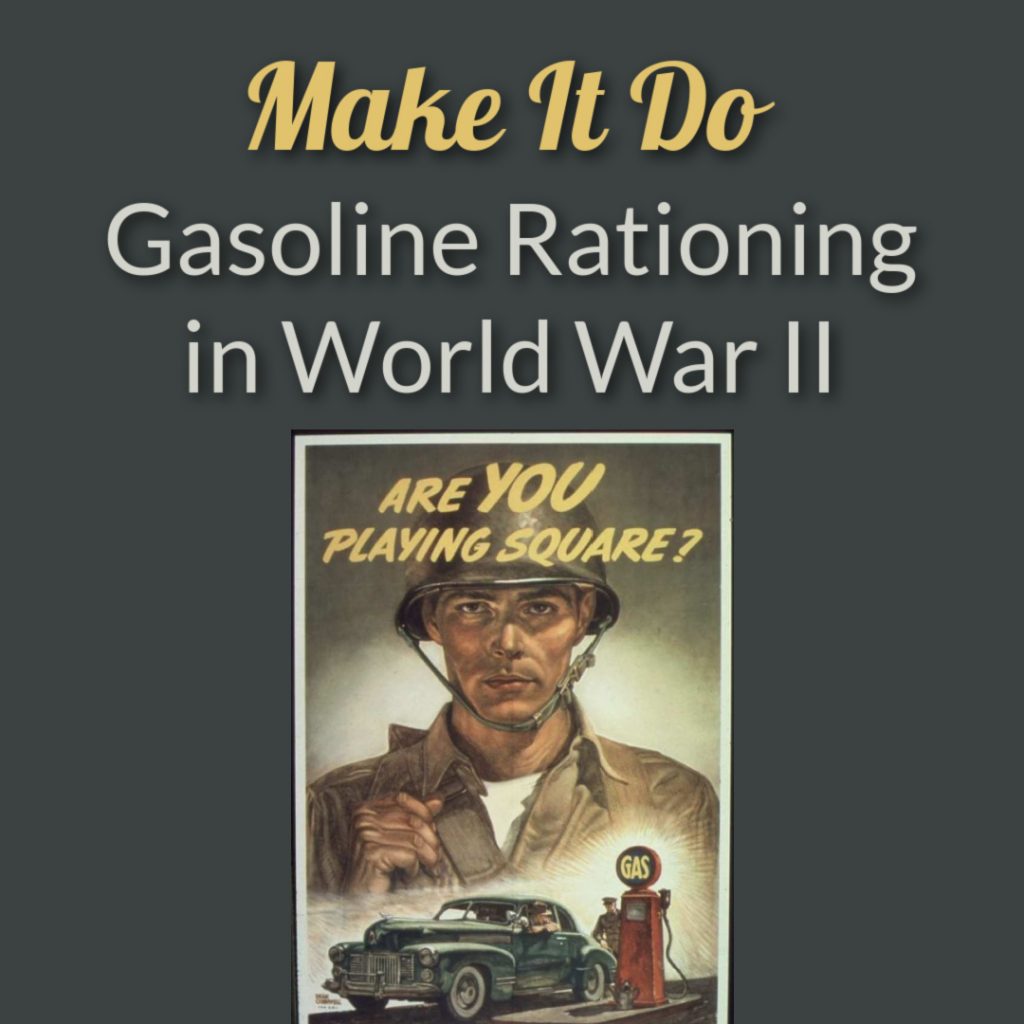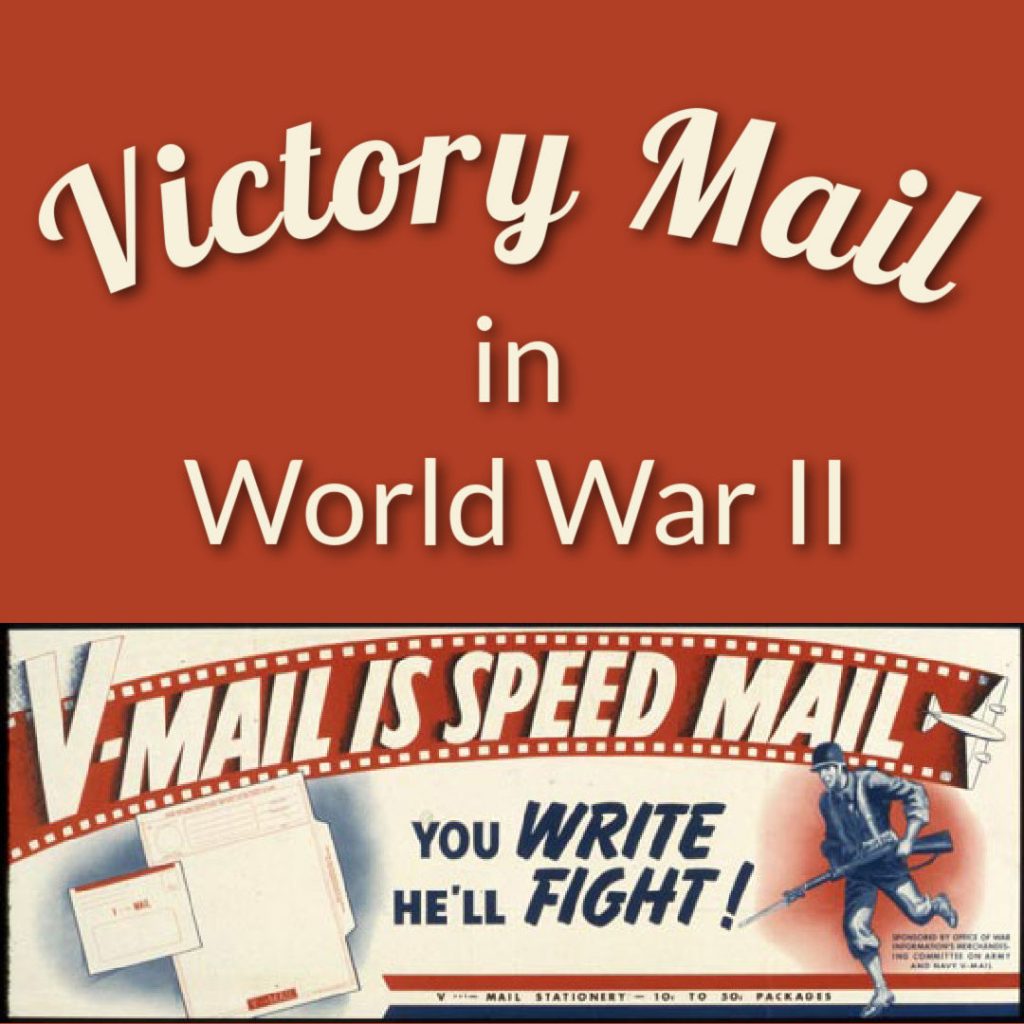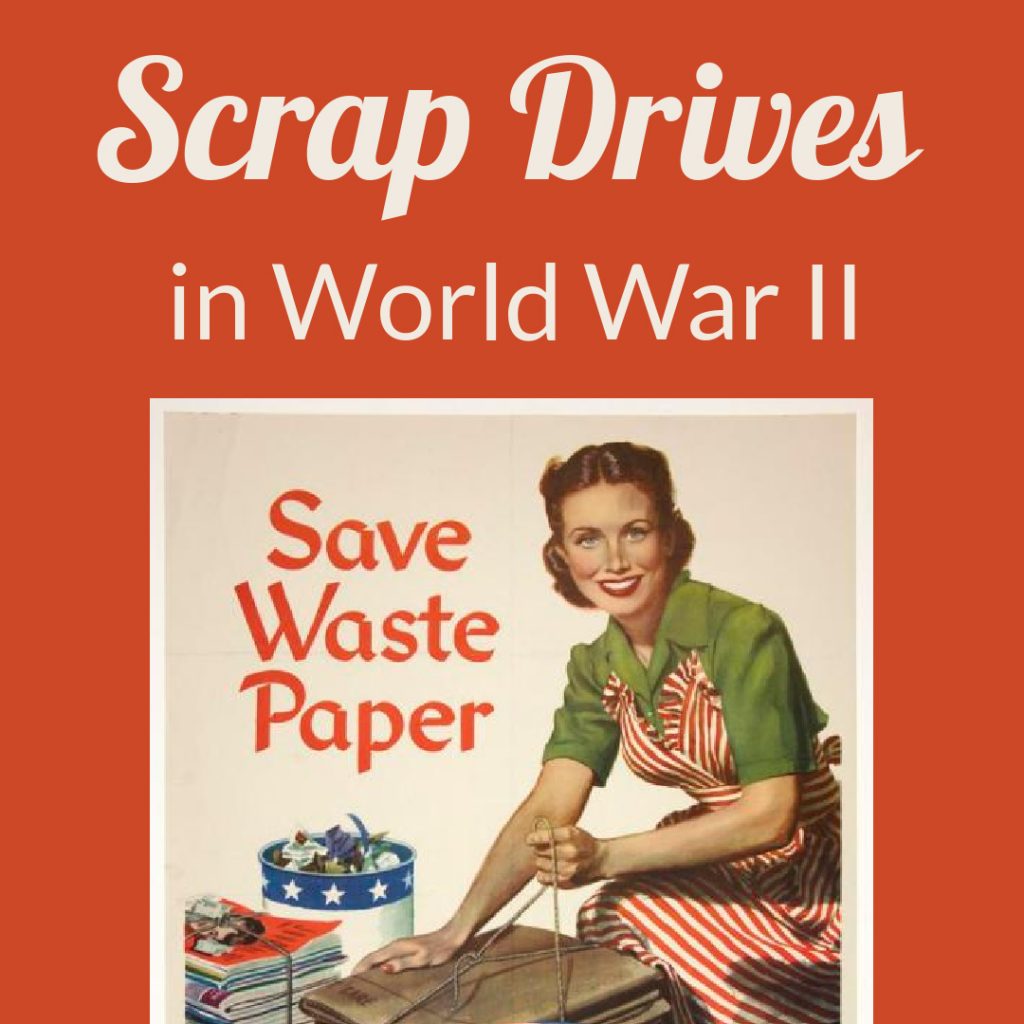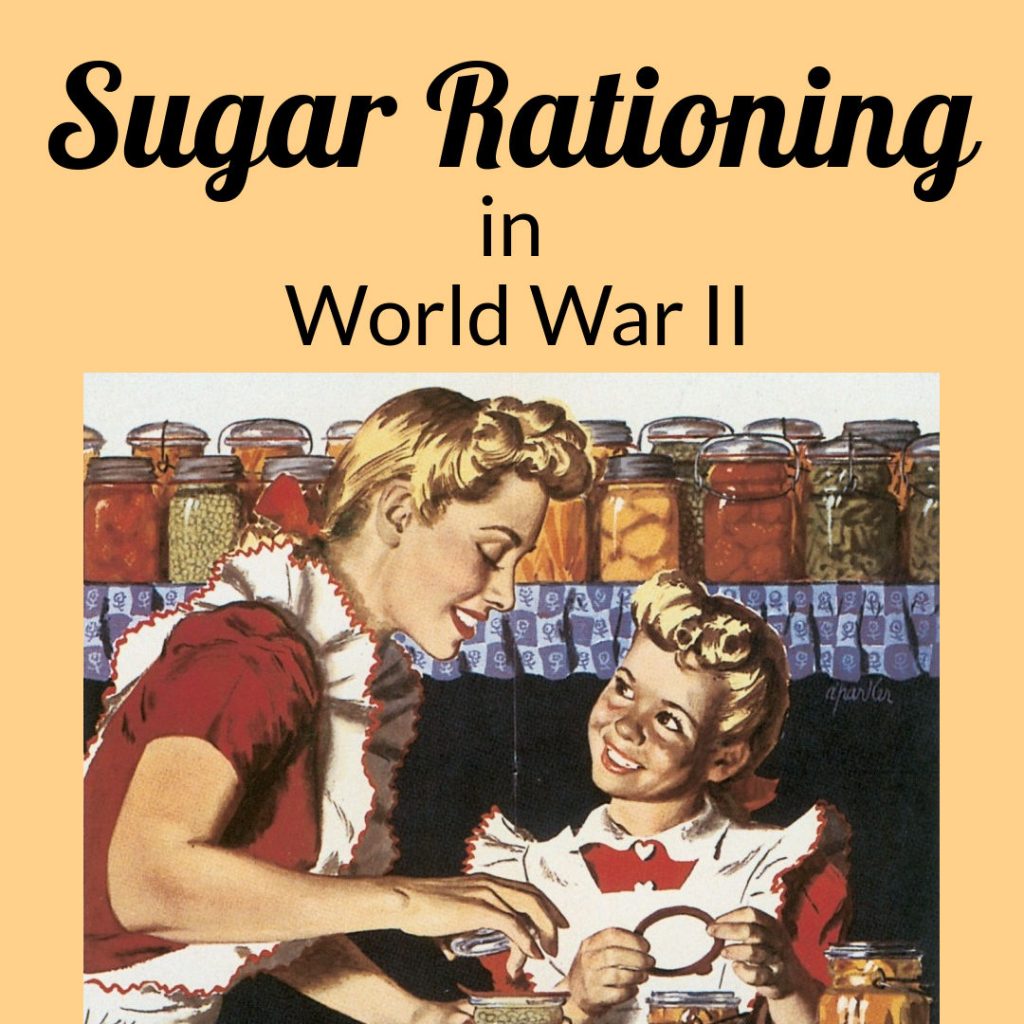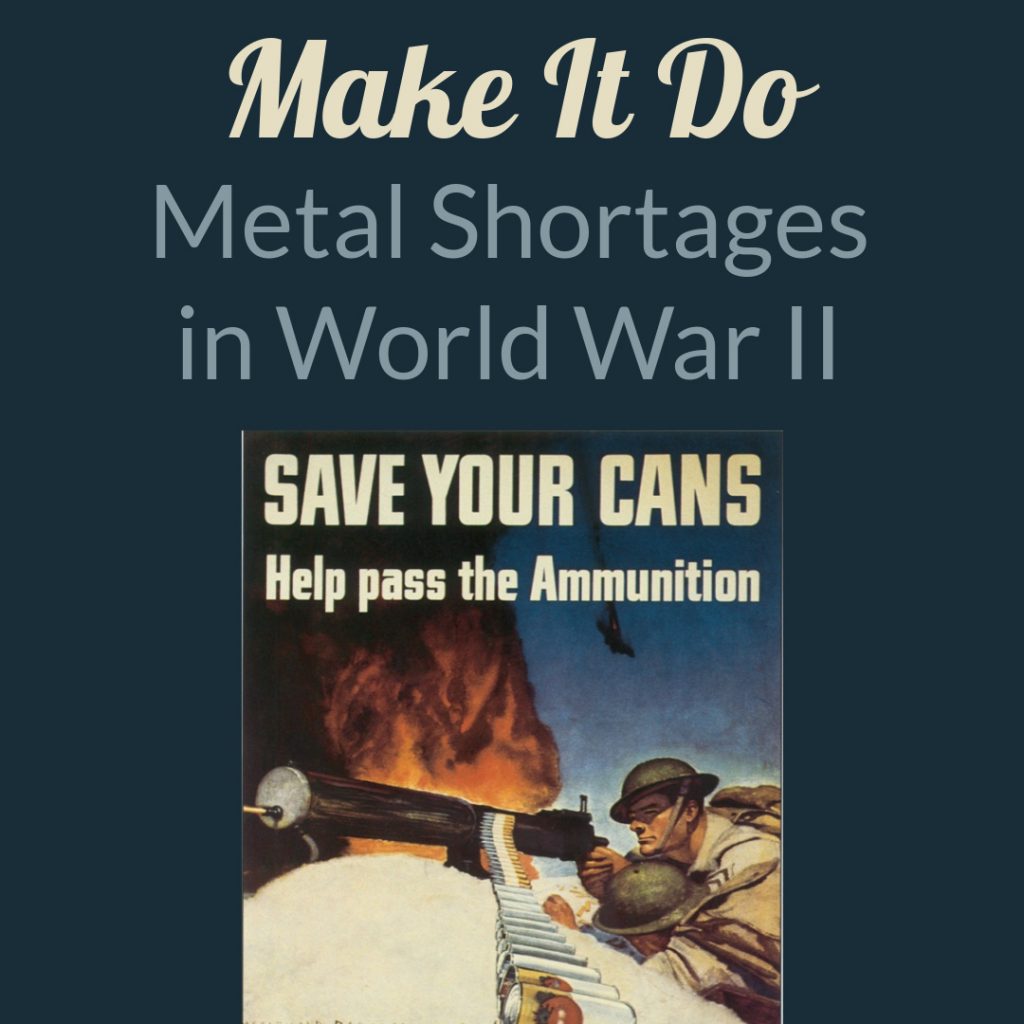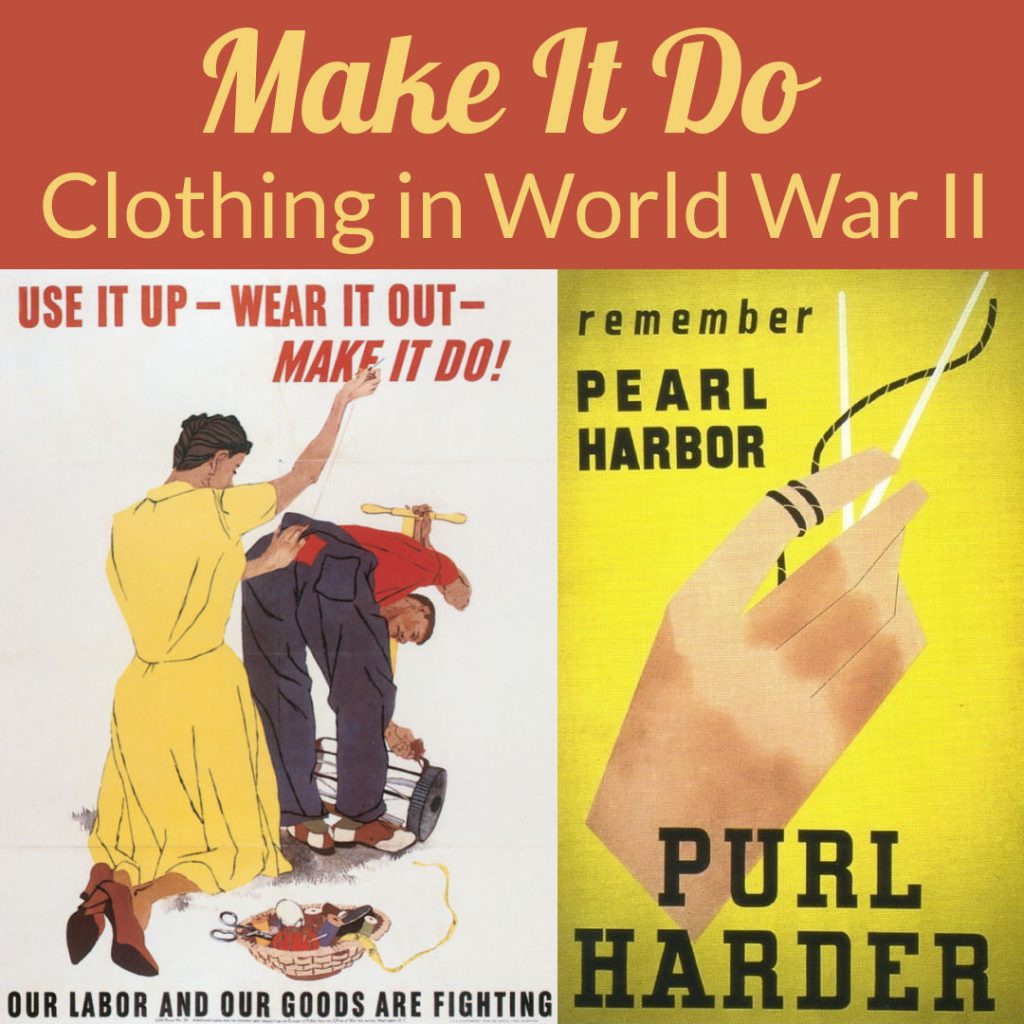Lessons from the 1940s – No Complaints
Monday, November 7, 2022 by Sarah Sundin
They waded ashore in chest-deep water in Algeria and took shelter behind sand dunes. Snipers and strafing fighter planes aimed for them. They ate cold rations and dug slit trenches and dealt with fleas, mosquitoes, lice, and flies. And they were women. When I was researching nursing in the Mediterranean Theater (North Africa, Sicily, and Italy) in World War II, I was struck by the conditions these young women worked ... Read Article

